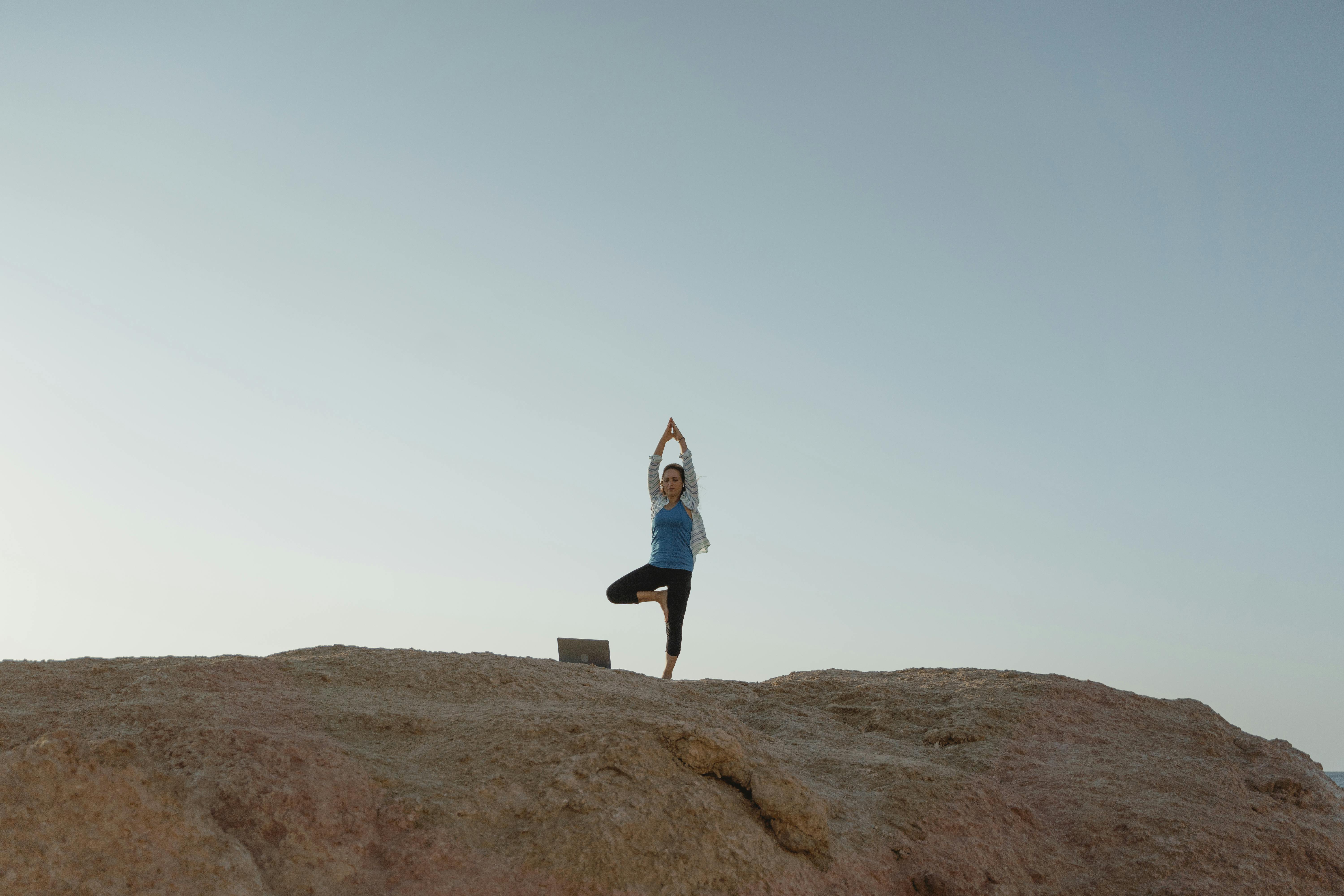At the 2010 Exeter Marathon, I experimented with the Run-Walk-Run strategy popularized by Jeff Galloway in an effort to see how well it would work for someone who can run a little faster than most people who generally use the Run-Walk-Run method.
Jeff Galloway first shared this strategy with me a few years ago and told me a story about how he had trained someone using the Run-Walk-Run from a PR of 2:33 to a PR of 2:28.
Fast runners are out of your area of expertise because you don’t have enough data on them, so it seemed like a good opportunity to add a new data point.
While preparing for the Exeter marathon, I did some training runs of up to 10 miles using a 15 second walk break each mile as my run/walk ratio. I also did a mile time trial to see how fit I was and finished with a time of 5:14.
A 5:14 mile plugged into Galloway’s calculator estimated my marathon to be about 2:58. According to McMillan’s calculator, he was in about 2:52 fitness. Based on my own experience and training levels prior to this race, I estimated I was in about 2:54 form.
Using the Run/Walk method for the first 20 miles and then racing, I actually ran in 2:50:26.
I’d say the experiment was a success and I think it’s worth trying when I’m in better shape to see if I get similar gains for as long as I think I’ll be running.
I think the biggest benefit of taking walking breaks is that it gives me a good opportunity to stretch my back, give my muscles a quick breather with a different movement, and constantly and regularly reminds me to re-evaluate my running form. .
I’m generally pretty good at assessing my form anyway, but I don’t think in the past I’ve had the discipline to remind myself 3 or 4 times per mile, which is what I found myself doing easily when I anticipated walking breaks. . restarting from a walking break, and sometimes in between while looking for an actual place to take the walking break to best effect.
Any race, but especially long races like a marathon, is as much or more of a mental game than a physical game. Sure, you need to be in good shape to run a good time, but you can be in good shape and still run a bad time if your head isn’t in the right place. I think the walk breaks helped with both the mental game and the physical game.
So with that being said, I want to get in better shape. So I want to try this strategy in a bigger race where I will have people to race with. I want to see how I’ll do it.
I may not have proof that I can run a 4 minute PR and get to 2:30, but I have no proof that I can’t. As I feel capable of it, I am going to train for it and I will try it. This experiment was successful and tells me that more research is needed.
If it doesn’t work, I’ll go back to full throttle. If so, then I’ll probably still run flat out at some point, but I’ll still play run-walk-run.
Either way, my goal is to run fast.
